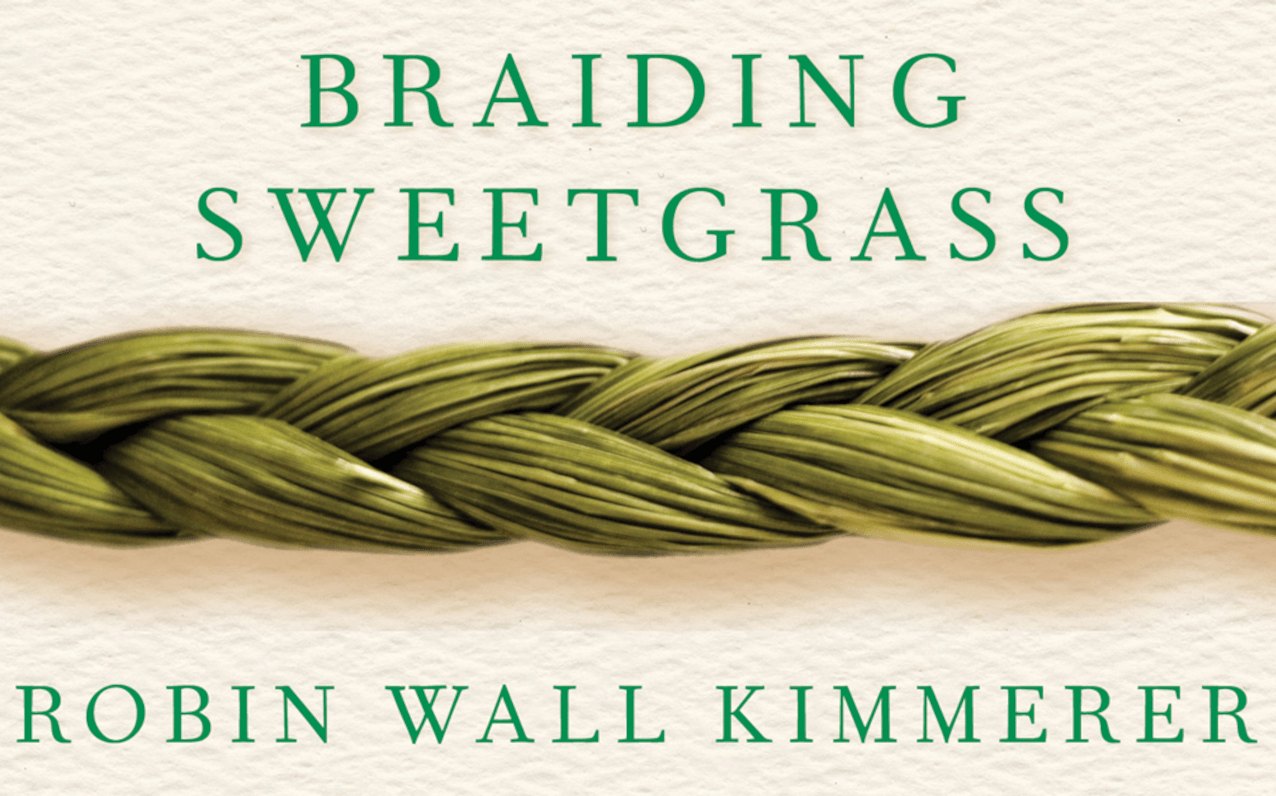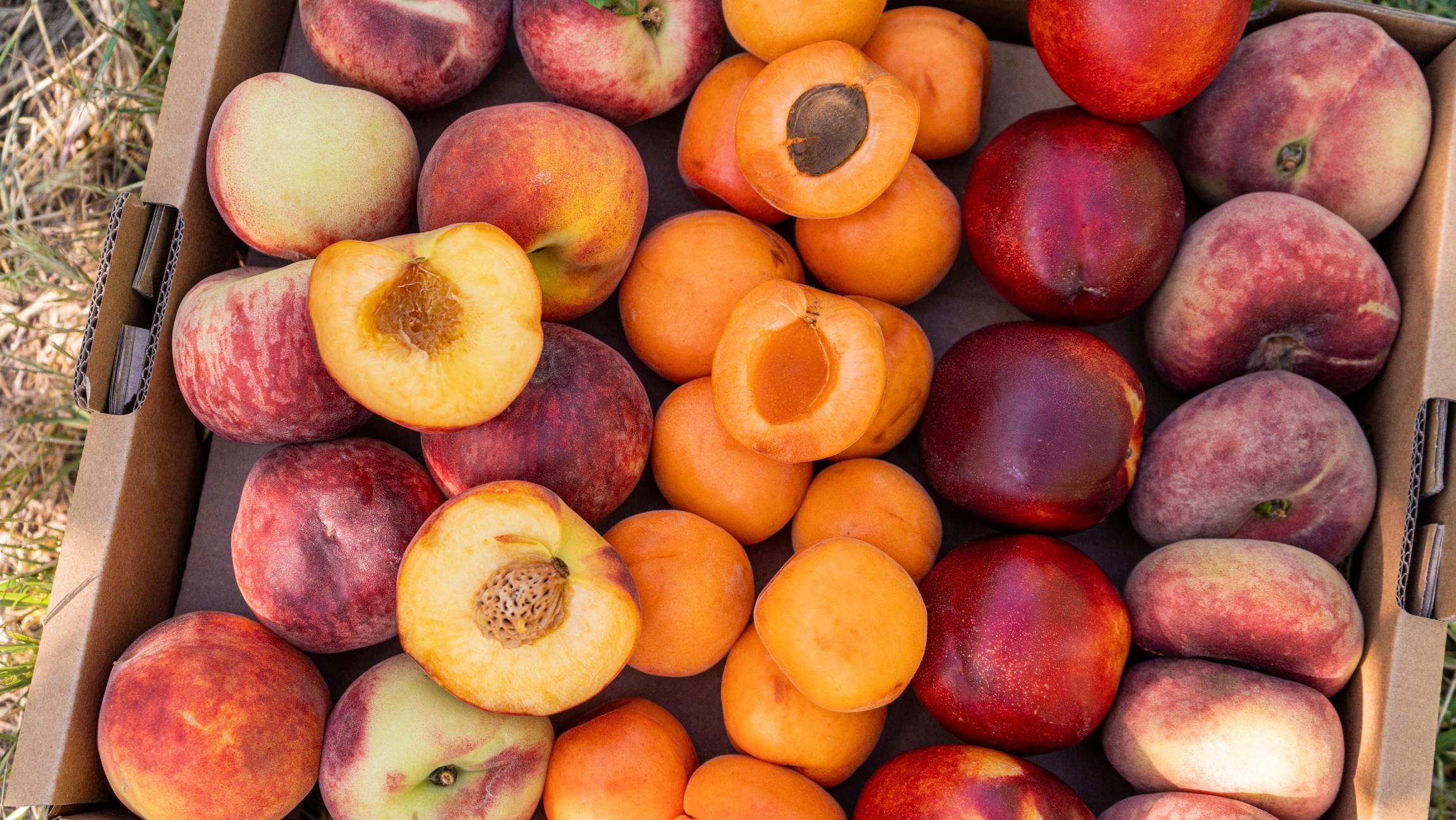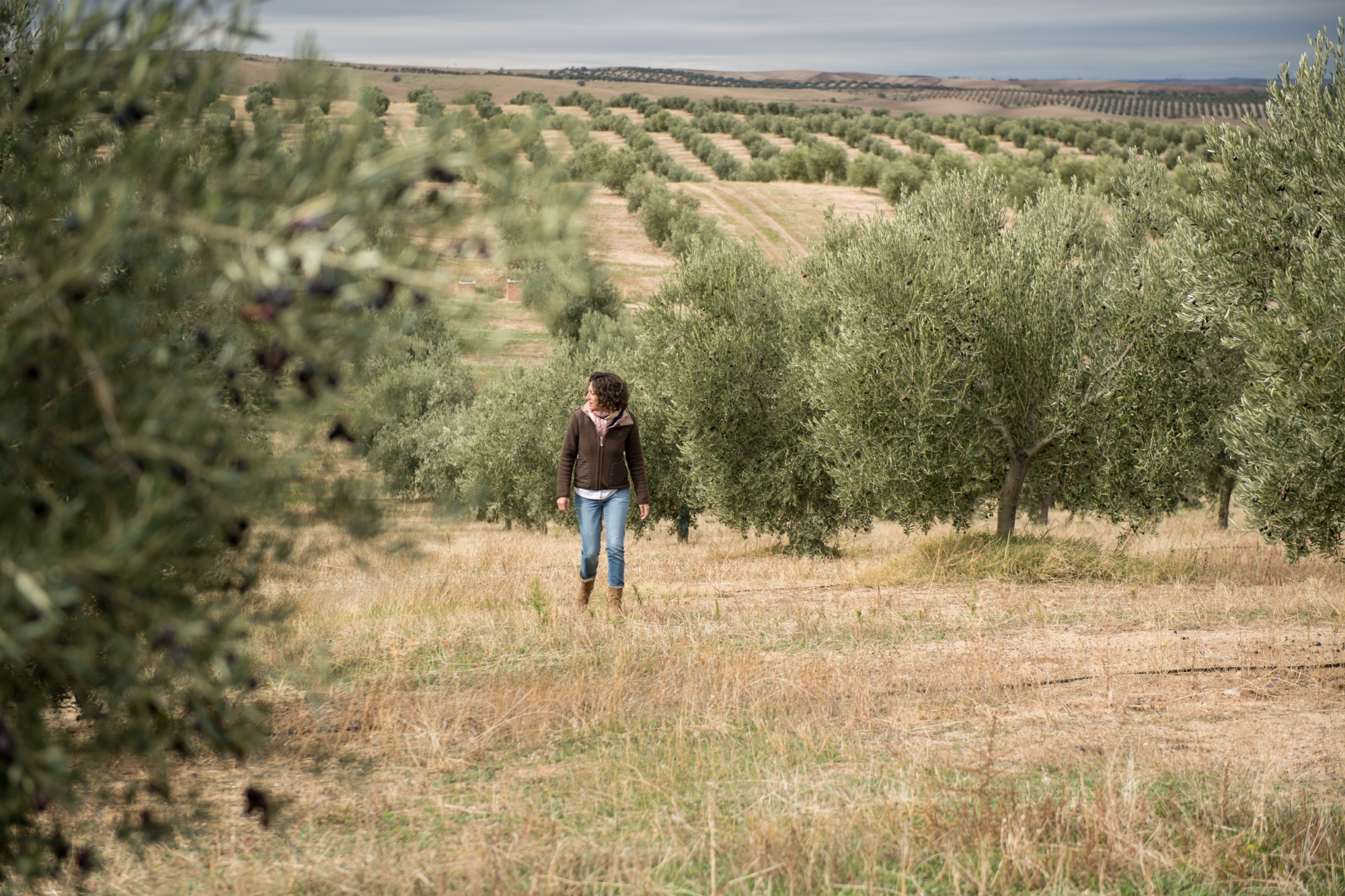If you’ve ever hugged a tree, talked to your houseplants, or felt that deep connection to nature, Robin Wall Kimmerer’s “Braiding Sweetgrass” might just be the book you didn’t know you needed. But even if you’re not exactly a “plant whisperer,” this book is still a must-read—because it’s about way more than just flora.
In a nutshell:
What can you expect to find in this book? A beautiful blend of science and Indigenous wisdom, poetic storytelling, and a deep love for nature.
Why is it worth recommending? It will change how you see the natural world, making you more mindful, grateful, and connected to the Earth.
Perfect for… Nature lovers, environmental enthusiasts, and anyone looking to slow down and reconnect with the planet.
Something is broken when the food comes on a Styrofoam tray wrapped in slippery plastic, a carcass of a being whose only chance at life was a cramped cage. That is not a gift of life; it is a theft.
Robin Wall Kimmerer in Braiding Sweetgrass.
The Best of Both Worlds: Science Meets Indigenous Wisdom
First off, Kimmerer is basically a superhero. By day, she’s a scientist with a bachelors and masters in botany and a PhD in plant ecology; by night (or, you know, also by day), she’s a member of the Citizen Potawatomi Nation and the director of the Center for Native Peoples and the Environment at the State University of New York. She doesn’t just study plants; she has deep, soulful conversations with them. Her writing brings together the best of both worlds: the rigour of science and the rich, spiritual wisdom of Indigenous traditions.
Imagine throwing science, Indigenous storytelling, environmental activism, and a sprinkle of poetry into a blender—you’ve got “Braiding Sweetgrass.” The book is divided into five sections that mirror the lifecycle of sweetgrass: planting, tending, picking, braiding, and burning. Through these stages, Kimmerer shares personal stories, Indigenous teachings, and scientific insights—all wrapped up in a warm, inviting narrative.
Gratitude and Reciprocity: The Art of Saying “Thank You”
One of the book’s biggest messages is that we should be thanking the Earth, not just taking from it. It’s like the ultimate reminder to write that thank-you note to Mother Nature. Kimmerer shows us how Indigenous practices are all about giving back—taking only what you need, and making sure you leave something good behind. One of my favourite passages is when Kimmerer describes a coffee ceremony that her father taught her, whilst camping. Her father would make a hot pot of coffee and pour it into the earth. Learning how the power of ceremony in everyday tasks can “marry the mundane to the sacred”. It also teaches us that at the end of the day, in doesn’t always matter how you say your thank yous, it just matters that you do say it.
Through so many stories, from the “three sisters” (corn, squash and beans, three seeds that grow better together than apart) or the “Council of Pecans”, Kimmerer makes a convincing case that plants have wisdom to share if we’d just pay attention. Whether she’s talking about sweetgrass, strawberries, or maple trees, she treats each plant like an old friend with valuable lessons to teach. By the end of the book, you’ll be itching to go outside and have a deep conversation with your garden.
“Braiding Sweetgrass” also reminds us that science and Indigenous knowledge aren’t like oil and water—they actually mix really well. Kimmerer shows how combining the two can give us a fuller, richer understanding of the world around us.
Reading “Braiding Sweetgrass” is like going on a nature retreat without leaving your couch. Kimmerer’s writing is both soothing and thought-provoking, like a cup of herbal tea that somehow manages to wake you up and calm you down at the same time. She’s got a way with words that’s both poetic and down-to-earth (no pun intended), making big ideas feel relatable and personal.
Why You Should Read It:
If you’re looking for a book that will make you feel good about the world, even when everything feels a little crazy, “Braiding Sweetgrass” is the answer. It’s a gentle nudge to slow down, appreciate the small things, and remember that we’re all part of something bigger. Plus, it might just inspire you to become the best plant parent you can be.
So go ahead, grab a copy, and let Robin Wall Kimmerer take you on a journey through the magical, mysterious, and totally awesome world of plants. Robin Wall Kimmerer’s blend of scientific insight and Indigenous wisdom offers a powerful reminder of our place within the natural world and our duty to protect and honour it. It challenges us to be more mindful and to cultivate a relationship of reciprocity and gratitude with the Earth—a lesson that is more crucial than ever in our current times.
“Even a wounded world is feeding us. Even a wounded world holds us, giving us moments of wonder and joy. I choose joy over despair. Not because I have my head in the sand, but because joy is what the earth gives me daily, and I must return the gift.”
Robin Wall Kimmerer in Braiding Sweetgrass







Comments
Please note that we will only respond to comments related to this blog post.
Comentarios
I have just bought this book and it is great.